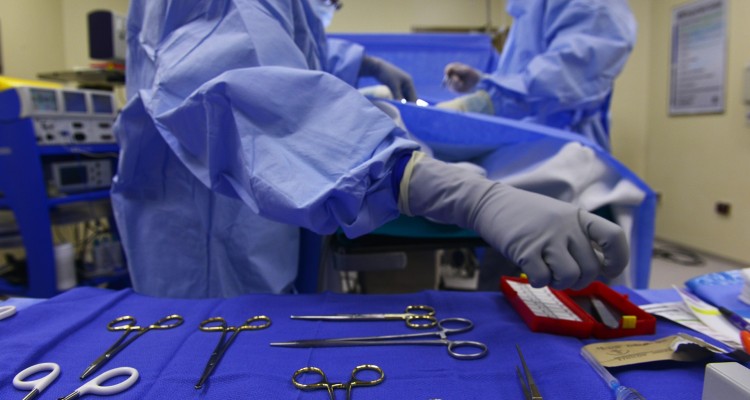By Charlie Smart
The regrowth of missing limbs may sound like the domain of science fiction and starfish, but Dr. Cato Laurencin, a surgeon and professor at the University of the Connecticut Health Center, hopes to make human limb regeneration a reality.
In an announcement at the Connecticut Science Center in Hartford Wednesday, Laurencin unveiled a 15-year interdisciplinary research initiative, dubbed Hartford Engineering a Limb (HEAL), aimed at finding a way to grow functional human limbs.
“We’ve worked on the development of systems for generating… pretty much every tissue that makes up a limb, and now we’re about to move forward with the grand challenge of taking on regeneration of limbs,” said Laurencin prior to the event.
He said he wants to grow a fully functional limb made of real human tissue and capable of fine motor control and sensory input – something that has never been done before.
It’s a daunting task, but Laurencin is no stranger to this sort of work.
He coined the name of the discipline, regenerative engineering, in a 2012 paper published in the journal Science Translational Medicine and currently directs the Institute for Regenerative Engineering at UConn Health.
Laurencin has published dozens of papers on the generation of tissues like bone and ligaments, but said the development of a full limb will be particularly challenging.
One problem, he said, is many of the required techniques don’t currently exist.
“We have a number of different strategies for limb regeneration,” he said.” Some of them we have and some of them we’re going to be formulating.”
Laurencin said challenges include maintaining the flow of nutrients and other fluids and controlling the growth of the limb itself.
“We expect to find even more challenges along the way,” he said.
According to Laurencin, the coordination of many scientific disciplines, including material science, developmental biology and physics, makes his plan feasible.
“We believe it’s going to be a convergence of a lot of technologies, not one single methodology,” he said.
Laurencin’s work focuses primarily on biomaterials, tissue engineering and stem cell research, but he has teamed up with scientists from a variety of disciplines and universities, including UConn, Harvard, Columbia and the University of California Irvine.
David Gardiner is a developmental biologist at UC Irvine who studies limb regeneration in salamanders and will contribute research to the HEAL project.
“The idea for me is that this animal [the salamander] can already do [limb regeneration], and if I can understand – learn what it knows and how it does it, then those are the principles of regeneration,” he said. “Then people who work in humans can begin to apply that.”
As an orthopedic surgeon, Laurencin is among those who hope to apply regenerative technology in humans.
He said helping soldiers who have lost limbs in combat is a major motivation for his work.
“I would like to come up with some answers that would especially benefit them,” he said.
According to Laurencin, the potential applications of the techniques he hopes to discover could go far beyond that.
“The technology we’re working on will apply to soldiers, individuals who may lose limbs to cancer, trauma, perhaps diabetes and other diseases,” he said.
He said techniques related to joint regeneration could also help patients suffering from osteoarthritis.
Laurencin said he hopes to successfully generate a knee joint within seven years and a full limb within 15 years.
He said those estimates stem from the time between proposal and success in similar medical breakthroughs.
“When we first started talking about being able to create new matrices for bone regeneration, the time from when we proposed it to the time we made it happen – seven to 15 years,” he said.
Gardiner likened the project to the sequencing of the human genome.
“10 years ago, when people said ‘we’re going to sequence the human genome in 10 years,’ a lot of people just said ‘you’re crazy.’ It didn’t take 10 years, it took five years,” he said.
Still, Laurencin said completion is not guaranteed within that time frame.
“These new developments and these new scientific breakthrough changes take time,” he said. “There’s nothing that’s promised.”
The research is funded in part by a $4 million Pioneer Award from the National Institutes of Health, which is given to “high-risk, high-reward” research projects.
Additional funding comes from the National Science Foundation for Engineering Frontiers in Research and Innovation and from the Raymond and Beverly Sackler Center at UConn Health.


